X
This article was medically reviewed by Shaune Wallace, OD. Dr. Wallace is an Optometrist in Nevada with over 14 years of optometry experience. He received his OD from the Southern California College of Optometry in 2006 and is a member of the American Optometric Association.
This article has been viewed 25,890 times.
Did you accidentally take a nap with your contacts on? Have you been wearing them for 17 hours straight? Do you have allergies or hay fever? If so, you are probably feeling some discomfort because your contacts have dried out.
Steps
Part 1
Part 1 of 2:
Putting in Drops to Moisten Contacts
-
1Pick a safe eye drop. The best way to choose an eye drop or artificial tear solution that won’t damage your contacts or eyes is to talk to your optometrist. Drops that are incompatible with contacts can either change the color of your lenses or ruin them altogether. Keep your eye drops on hand for emergencies. (You may want to buy several bottles so you can keep some in your car, your office, your purse, your backpack, etc.)[1]
- Drops created for this purpose are frequently marketed as “rewetting drops.”
- Look for the preservative benzalkonium chloride (BAK) in the ingredients list of your eye drops. It can cause hypersensitivity reactions and is toxic to the epithelial surface, and can be absorbed by soft contact lenses. Avoid using any drops containing BAK or other preservatives.
- Avoid products that say they “get the red out.” These products constrict the tiny blood vessels in the white part of your eye and get rid of redness, but they do nothing to alleviate dryness.
- Never put anything into your eyes unless the label says “ophthalmic.”
-
2Wash your hands. Even though you’re not going to be touching your eyes or your contacts, you’ll be putting your fingers very close to your eyes and eyelids. Wash with soap and water to get rid of dirt and bacteria. Dry with a clean towel.Advertisement
-
3Prepare the bottle. Shake the eye drop container gently if the directions say to do so. Take off the cap and place it on a clean tissue out of your way. (You don’t want to introduce bacteria to the bottle when you put the cap back on later.)
- Avoid touching the dropper tip. You don’t want to get it dirty, even with invisible bacteria.
-
4Position your dominant hand. Hold the bottom of the bottle in the palm of your dominant with your fingers around the sides. Turn it upside down in your hand. Hold the back of your thumb (on your dominant hand) against your forehead right above the eye that you’re going to put drops into first.
-
5Angle your head and eyes correctly. Tip your head backwards. Keep both eyes open. Stare at a fixed point on the ceiling. Pull down your lower lid. The goal is to create a tiny bucket for the drop to fall into.
- Don’t let the dropper touch your eye. Hold it about 3/4 of an inch above your eye.
- Don’t let it touch your eyelashes or eyelid either.
- Some people find it easier to do this lying down or in front of a mirror. If you lie down, try to tilt your head forward a little bit so that you can still create a bucket with your lower lid.
-
6Squeeze the bottle. The goal is to only release one drop, though two is usually fine. (Double check your bottle to be sure.) Aim for the little bucket you’ve created by pulling your lower lid downward.
-
7Close your eyes. Don’t squeeze them shut — just close gently. Gently blot with a clean tissue around your closed eye if you want to. Don’t scrub at your eye, either — just dab around the edges to remove excess moisture.
- You can gently press on the inner part of your eye for about thirty seconds if you want to. With your eyes closed, press one or two fingers against your lid on the side of your eye closest to your nose. This will keep the drops around your eye and contact for longer.
- If you feel you need to put more drops in the same eye, wait about five minutes before doing so.
Advertisement
Part 2
Part 2 of 2:
Taking Proactive Steps to Keep Contacts Moist
-
1Eat fish. The omega-3 fatty acids in fish help improve the quality of your tears. Good quality tears don’t evaporate as quickly, so your eyes will stay moist for longer, even if you have contacts in for a while.[2]
-
2Decide whether you need a supplement or not. If you’re not producing enough tears or your tears evaporate too rapidly, it’s possible that a supplement may help you. It’s always a good idea to talk to your doctor before adding supplements to your diet.
- Your doctor may recommend flaxseed oil. Like fish, this oil is full of omega-3 fatty acids. Some evidence suggests that taking 1 to 2 grams of flaxseed per day can help people whose eyes don’t produce enough tears.
- Store flaxseed oil in a cool, dark place. Look for cold-pressed flaxseed oil, as heat can destroy the nutritional value.[3]
-
3Do not sleep in your contacts. Your corneas need air. When you close your eyes or when you wear contacts, your eyes get a little bit less air than they normally would, so combining the two is a bad idea. The lack of air can lead to infection or cause your contact to get stuck in your eye (ouch!), so don’t risk it, even for a quick nap.[4]
- If you accidentally fall asleep in your contacts, you should immediately put artificial tears in when you wake up. Don’t pull your contacts out until you have moistened your eyes thoroughly. You could scratch your cornea!
- There are a few brands of contact lenses approved by the FDA for overnight wear. Check with your eye doctor if you’re interested in these.
-
4Look into contacts designed to prevent dry eyes. Contacts have different water content, so you can ask your doctor about switching to one with more water. Some brands of contacts also offer a silicone version, which can stay moist longer.[5]
Advertisement
Warnings
- Never use saliva or tap water to moisten your contacts. Both contain bacteria that can damage your eyes. Even distilled water is not a good idea, because it imbalances the salinity of the eye. It is always better to use sterile saline solution.⧼thumbs_response⧽
Advertisement
References
- ↑ http://www.allaboutvision.com/contacts/cld-remedies.htm
- ↑ http://www.allaboutvision.com/contacts/cld-remedies.htm
- ↑ http://www.allaboutvision.com/nutrition/flaxseed-oil.htm
- ↑ https://www.visiontexas.com/houston/blog/detail/2012/11/05/why-you-should-not-sleep-in-your-contact-lenses.html
- ↑ http://www.allaboutvision.com/contacts/cld-remedies.htm
About This Article
Advertisement
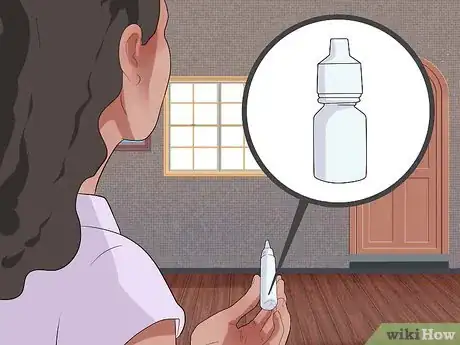
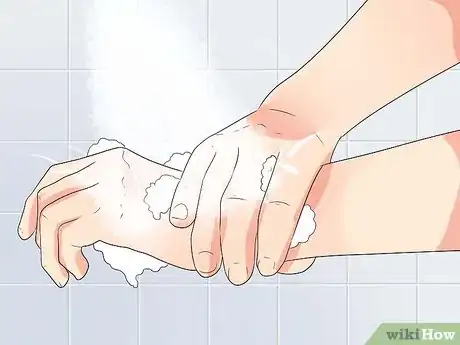
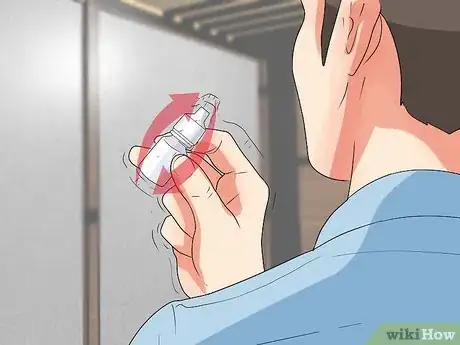
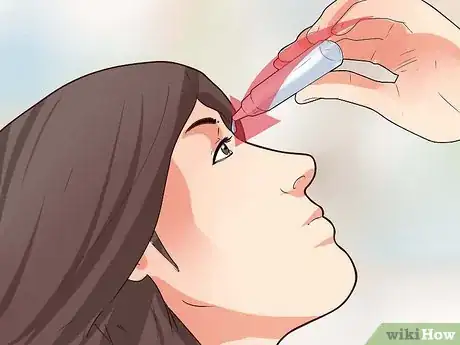
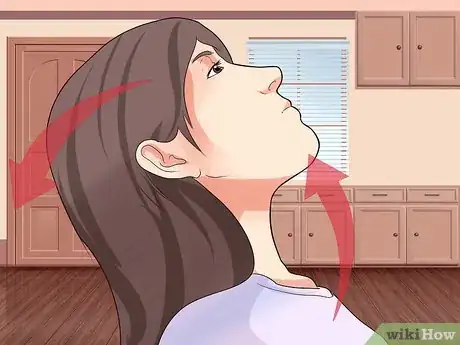
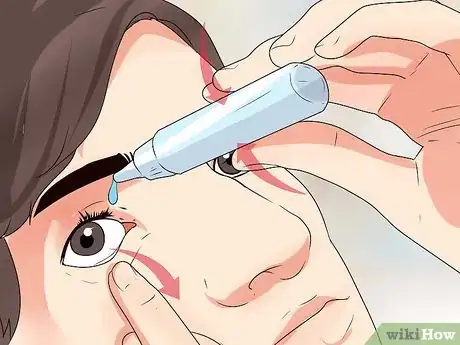
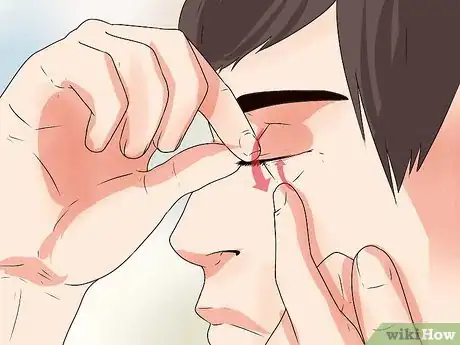
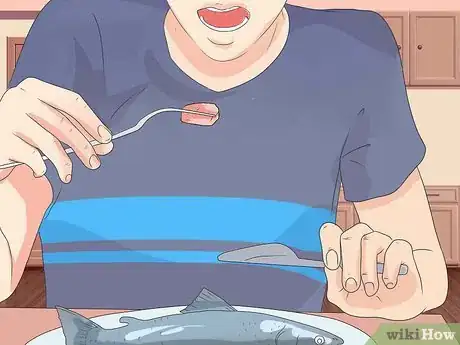
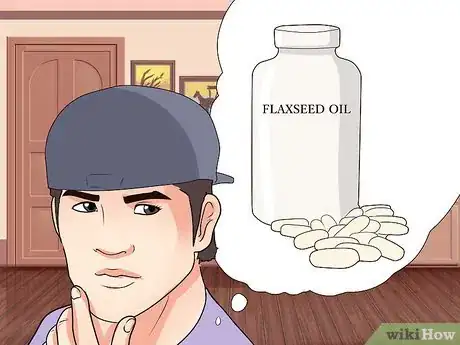
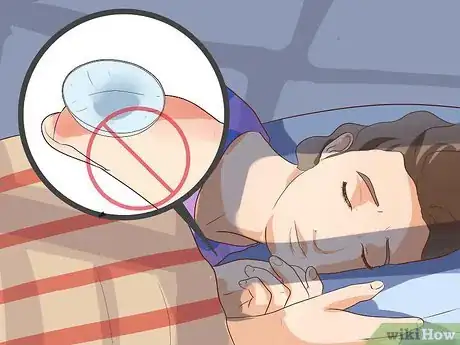
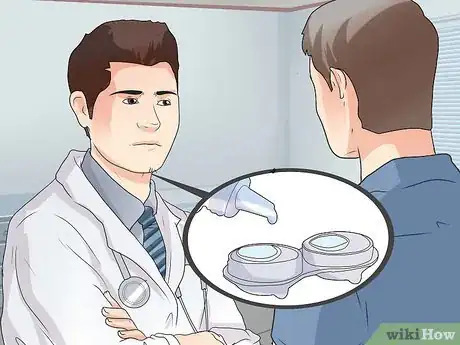
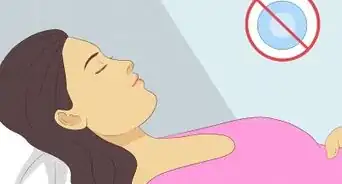
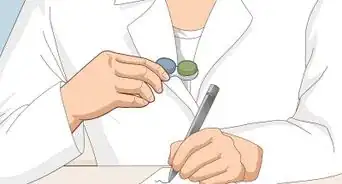
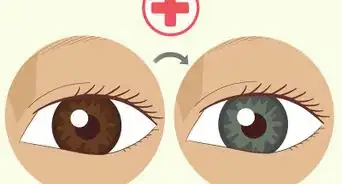
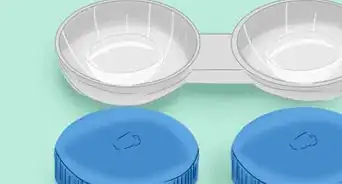
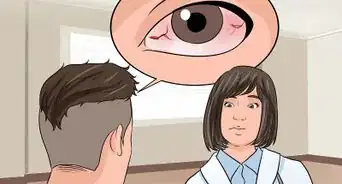
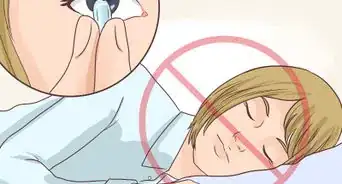
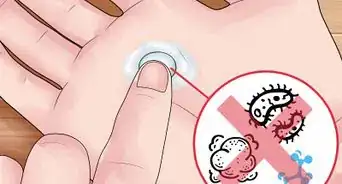
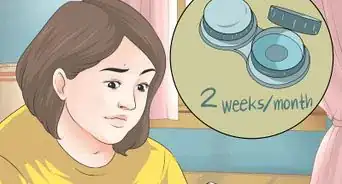
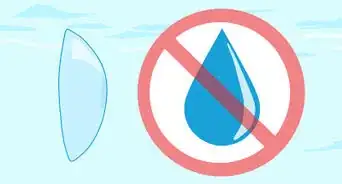
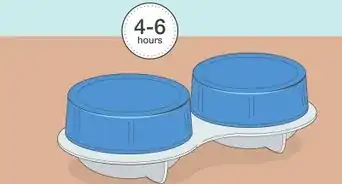
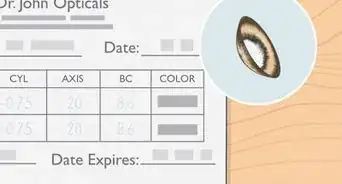
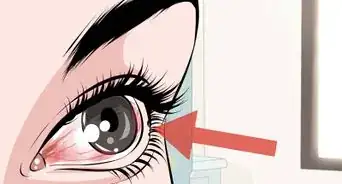
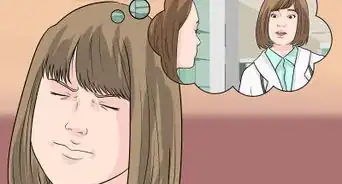








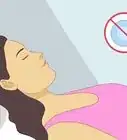
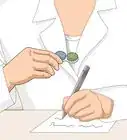
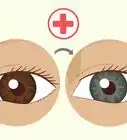



































Medical Disclaimer
The content of this article is not intended to be a substitute for professional medical advice, examination, diagnosis, or treatment. You should always contact your doctor or other qualified healthcare professional before starting, changing, or stopping any kind of health treatment.
Read More...